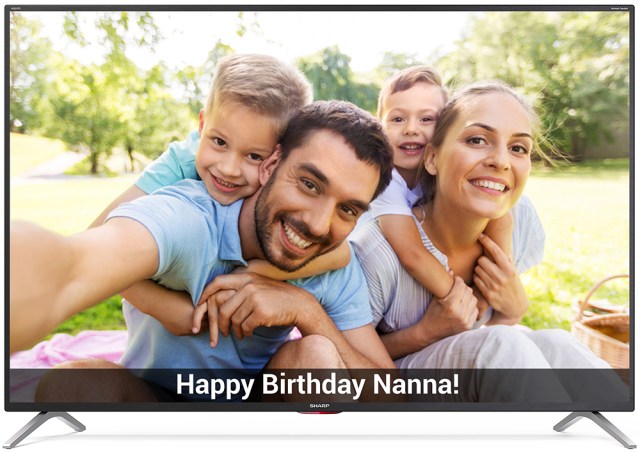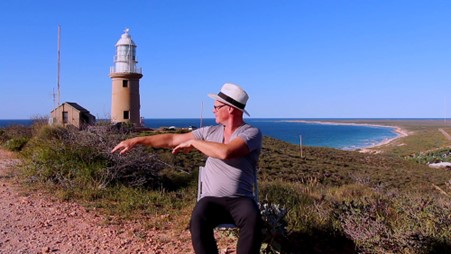Tech can improve residents’ lifestyle
Technology is being increasingly harnessed by aged care providers to create a feeling of social connectedness for residents.

Technology is being increasingly harnessed by aged care providers to create a feeling of social connectedness for clients.
A recent review indicated that loneliness is a significant problem amongst older people living in residential care homes and the prevalence of loneliness in this population is at least comparable to, if not greater than, amongst community-dwelling older adults.
The review noted that research suggests several factors contribute to a loss of social connectedness. These factors include superficial relationships with residents and staff, a feeling of “not belonging” and difficulty connecting with residents of differing mental capacity.
Residents may have come into the facility with already reduced social networks and loss of partner. They may have few opportunities to exercise control over their life, spending time in passive activities – such as doing nothing, sleeping and waiting – which can lead to feelings of boredom and loneliness.
A recent study conducted by the University of Melbourne shows that many facilities are incorporating technological innovations into their social programs. The pandemic, though a devastating event, paved an opportunity for technology to be harnessed and demonstrated to be a tool that can have positive impacts on social inclusiveness, accessibility, and engagement in social connectedness for residents.
Aged care provider Cranbrook Care implemented a raft of initiatives to bridge the gap between pre-pandemic life and living through Covid-19 feeling safe, yet connected.
“We believe wholeheartedly that technology is a vital tool offering endless possibilities to improve the care and lifestyle for our residents,” said Cranbrook Care CEO Lee Carissa. “We have seen first-hand the benefits of our investment in technology, and the positive impact of seeing our residents connected to their families and engaged through our lifestyle programs during this unprecedented period cannot be quantified.”
Providing entertainment and activities
This included a new custom-designed lifestyle TV program streamed to residents’ suites to keep them mentally stimulated and entertained during times when they couldn’t access group activities. Content included learning languages, daily exercise, concerts, exploring different countries, and craft activities such as origami.
Similarly, Wendy Delahoy-Bianchi comments on the benefits of the Swift Networks Access entertainment solution in her role as a therapy programs coordinator at Bethanie Aged Care. “There was a resident who wasn’t able to leave his room to join in the group sit-down dance class, but we were able to cast the class to his TV screen in his room so he could join from there.”
This technology program just requires simple installation of a set-top box and wi-fi by the technology provider. Swift Access also provides cooking shows, theatre shows and relaxation content, such as a camera centred on a pond with natural light falling on it and soothing sounds.
Enhancing social engagement
During the pandemic at Cranbrook Care, tablets were deployed to residents with video-calling technology so their families could chat to their family members. Ms Carissa says: “This was to create new opportunities to keep them stimulated, entertained and meaningfully engaged with their families – even during times when residents were confined to their suites.”
The UoM study showed video-conferencing tools such as this received the most positive perceived value from staff. A resident was able to broadcast her daughter’s wedding into the facility with the video-conferencing tool, inviting other residents and staff to watch it too. This illustrates how this technology not only enables residents to connect with family and friends, but with other residents and staff.
Virtually leaving the care home
Ms Delahoy-Bianchi also spoke highly of the feature enabling residents to be virtually transported on the screen to different countries for virtual tours, walks or cycle rides.
As the UOM study showed, such an experience can enrich residents’ lives and provide them with something to look forward to, help them access places they had been to in the past or open their world to new experiences.
This feature helped alleviate one resident’s anxiety, says Ms Delahoy-Bianchi. “One day I was in the office and I could hear him calling out, I went to put this on for him and it calmed him. What grabbed his attention was the music – I think it was Italy – all the lavender fields where he had been before and had good memories.”
This echoed the findings in the UOM study, with staff saying such technology experiences were particularly valuable for distracting clients from symptoms of dementia – including agitation, distress, and wandering.
Such technology was also reported in the UOM study to open up talking points for residents to share their personal experiences with others, prompting more opportunities for social connection.

Reconnecting with personal interests
Older people have reported that perceived autonomy increased their quality of life and satisfaction with daily routines in residential care, according to a recent review in the Nursing Ethics Journal.
Supporting this, the UOM study reports that offering new experiences and the chance to virtually leave the care home could provide an antidote to the lack of control people have when living in residential care.
Kylie Grima, senior therapy team lead at Bethanie commented that such technology has been extremely helpful for those who have interests that the facility may not be able to readily provide.
“For example, if the thing that helps them when they’re anxious is taking a resident on a walk, this is something we can do. However, if their interest is cycling or travel – something we can’t do a lot with – having these programs on hand can save staff stress and time in being able to engage them in something that’s quite unique.”
As with most new technologies and systems, they require resources, training and, at times, troubleshooting. Ms Delahoy-Bianchi says Swift are very accessible when needed, have provided training, prompt support and “listen to and take action on feedback.”
The UOM research found that for such technology programs to be most beneficial, carers, service providers and technology designers must be able to work together to shape technologies and services over time.
To find out more, visit us at https://www.swiftnetworks.com.au/aged-care/.

